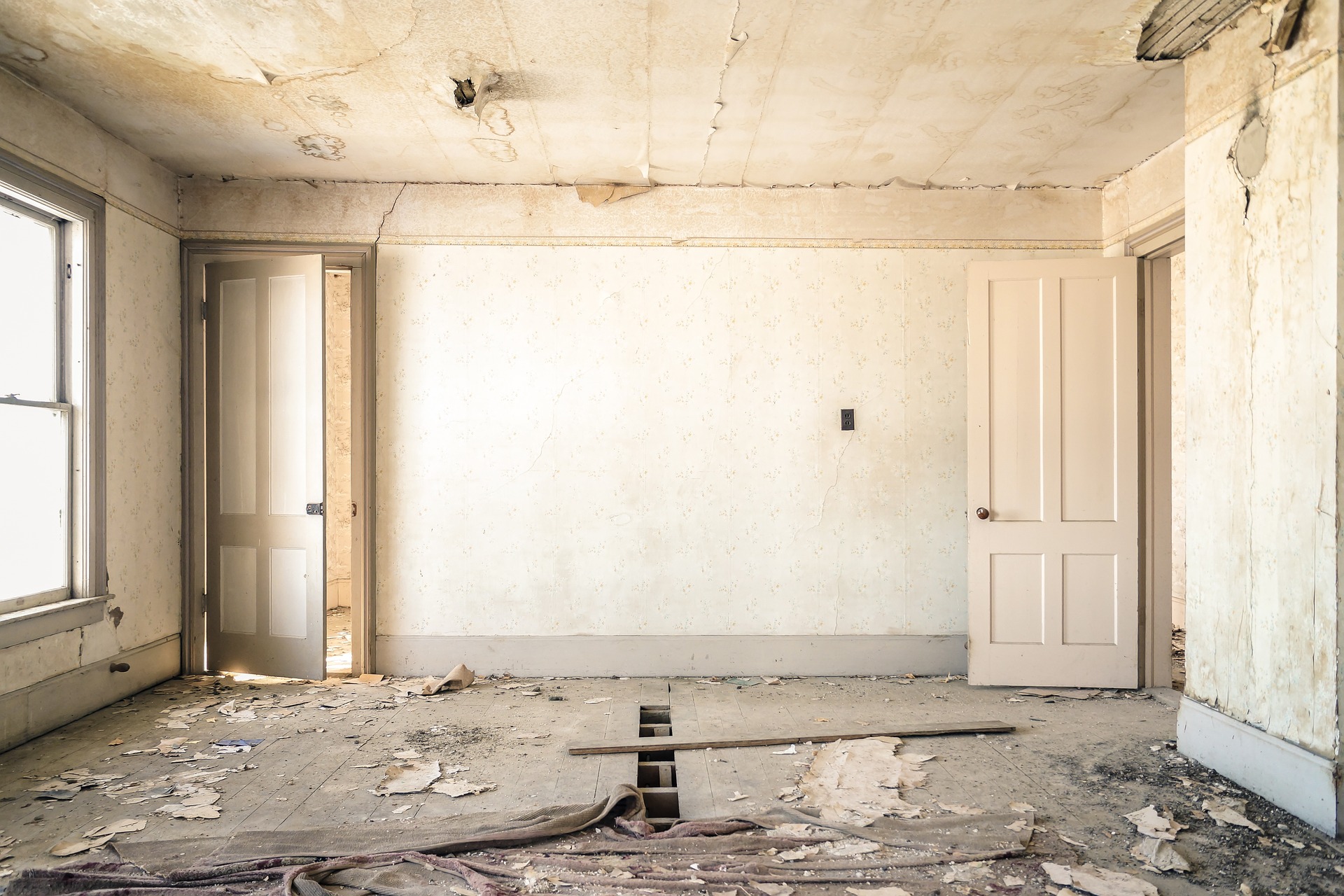As a Toronto landlord, you’re responsible for the regular maintenance of rental properties. Landlords are expected to maintain and replace things like appliances and furniture when they’re broken, or time has taken its toll on them. It’s important to be able to differentiate between what’s considered to be normal wear and tear and damage, especially when things like security deposits are at stake. Normal wear and tear (sometimes called “reasonable” wear and tear) is the responsibility of landlords, whereas damage is usually the responsibility of tenants. Here’s everything you need to know about normal wear and tear vs. tenant damages.
What’s the difference between normal wear and tear and damage?
Most lease agreements require that tenants maintain a certain standard throughout the lifespan of the agreement. A certain amount of wear and tear on furniture, appliances, and the property in general is expected throughout a tenant’s stay, with a clear difference existing between wear and tear and damage. Some landlords require a security deposit to cover any major damages, with the landlord returning the full deposit upon verifying that no damage has been caused to the property. It’s important that landlords understand the difference between wear and tear and damage to ensure that security deposits are being handled in a fair and legal manner.
Normal wear and tear is defined as being “the reasonable use of the premises by the tenant and the ordinary operation of natural forces”. In other words, wear and tear is caused naturally through normal everyday use. For example, the gradual wearing away of carpet, slight scrapes in a hardwood floor, finish on windows or bathroom fixtures wearing away, etc. Damage is defined as being any damage that isn’t natural, and affects the usefulness, value, or function of property. While damage is often caused intentionally, it can also be caused through neglect. Examples of damage can include holes in the walls, damaged door handles, broken mirrors, and carpet or flooring that has been ruined by pet urine.
What can tenants be held responsible for?
The subject of wear and tear vs damages often sparks debates among landlords and tenants, especially when a security deposit hangs in the balance. Before you decide to deduct from a tenant’s security deposit, it’s important that you understand how to identify damage, and exactly how it differs from reasonable wear and tear. Landlords cannot deduct any amount from a security deposit to cover normal wear and tear, because this is to be expected, and is likely outlined in the lease agreement. If a tenant has left the unit in good condition with the exception of some normal wear and tear, then their entire security deposit should be returned.
A landlord can hold tenants responsible when damages have been caused, and are thus allowed to deduct from the deposit in order to pay for repairs or to replace the damaged property. In order to do this, they must be able to prove that the property is in worse condition at the end of the lease than when it began. From there, the burden shifts to the tenant to prove that the damages weren’t caused by them, and that it can be considered normal wear and tear. If the tenant is unable to prove that they did not cause damages, landlords can apply to the Landlord and Tenant Board to hold them responsible for paying for damage, or even to have the tenant evicted.
The importance of performing inspections
One of the most effective ways of avoiding conflicts between you and your tenants when it comes time to deal with the security deposit is to perform thorough inspections. Move-in and move-out inspections with pictures allow you and your tenant to walk through the property together to assess the condition of the unit before the lease agreement has started, and after it has finished. This lets both parties document any pre-existing damages and wear and tear, giving a more accurate picture of whether a tenant has in fact caused damages, and eliminating confusion over unfairly drawing from security deposits.
Highgate Properties is a Toronto property management company with an experienced team of property management experts that can accurately identify the differences between normal wear and tear and damage. Using a property management company ensures that you’ll be saved from conflicts involving damages and security deposits, and can free up time to tend to the more important things in your life.
For more information about the property management and realty services offered by the experienced team at Highgate Properties, contact us today.





